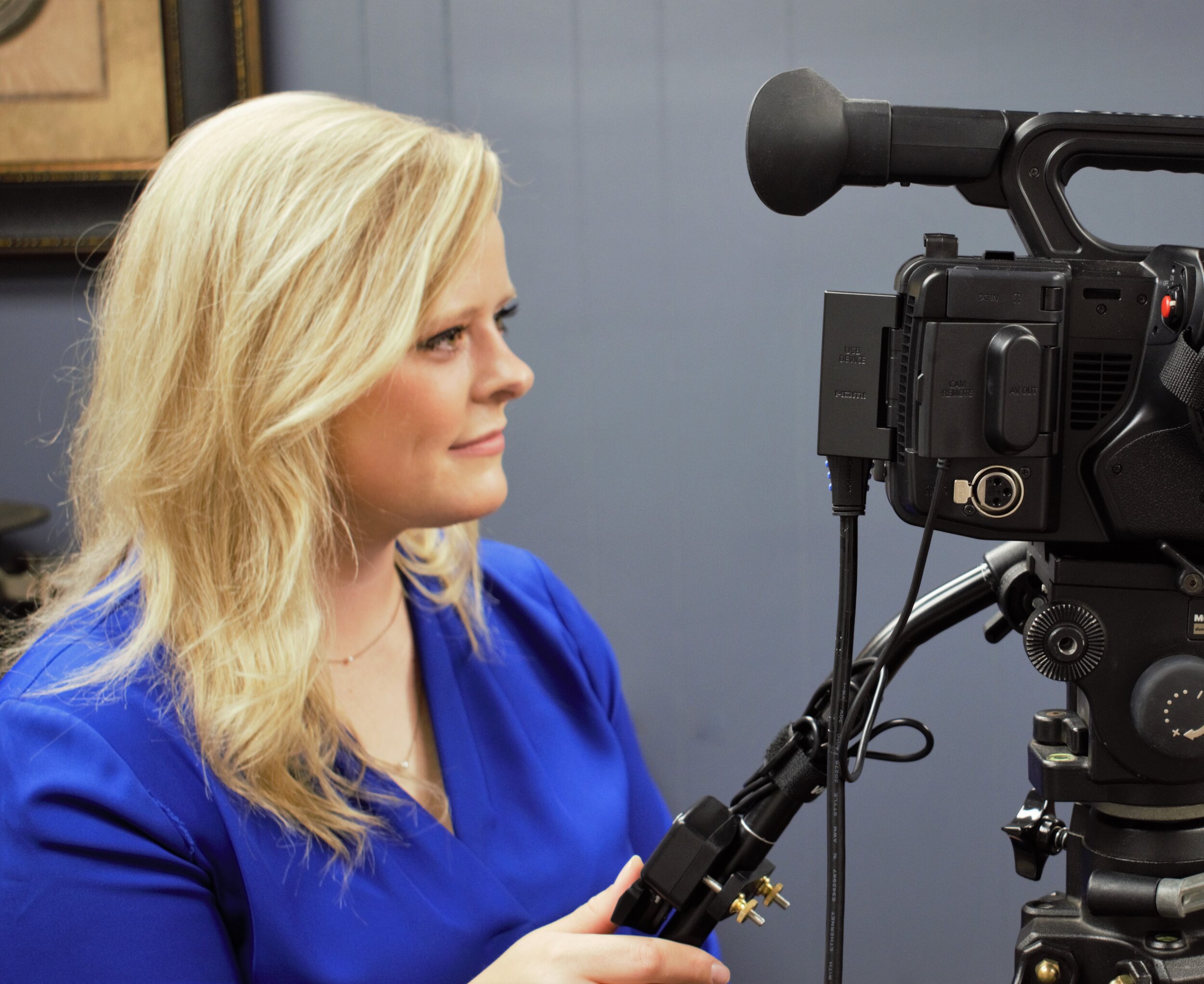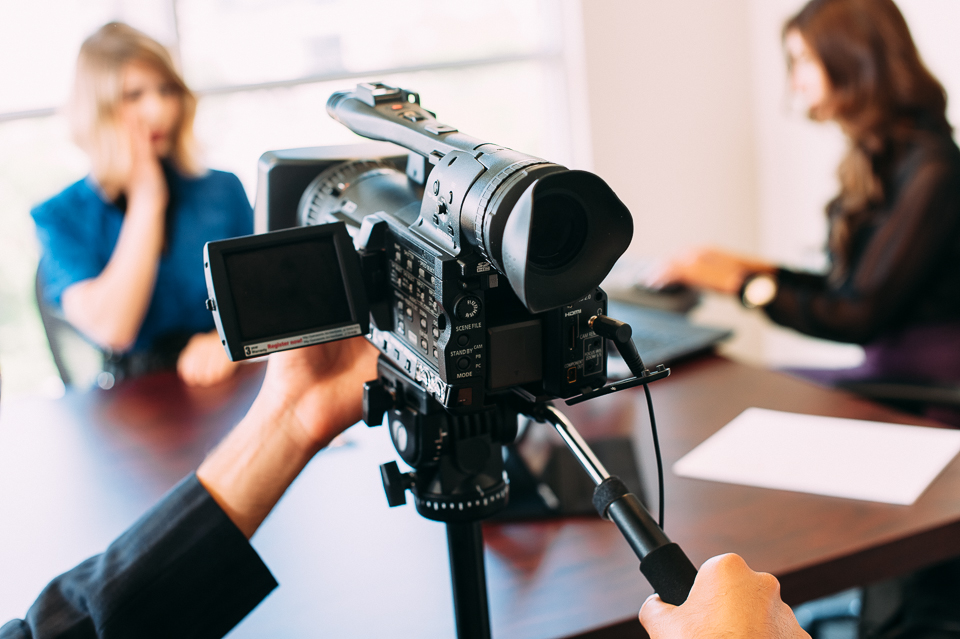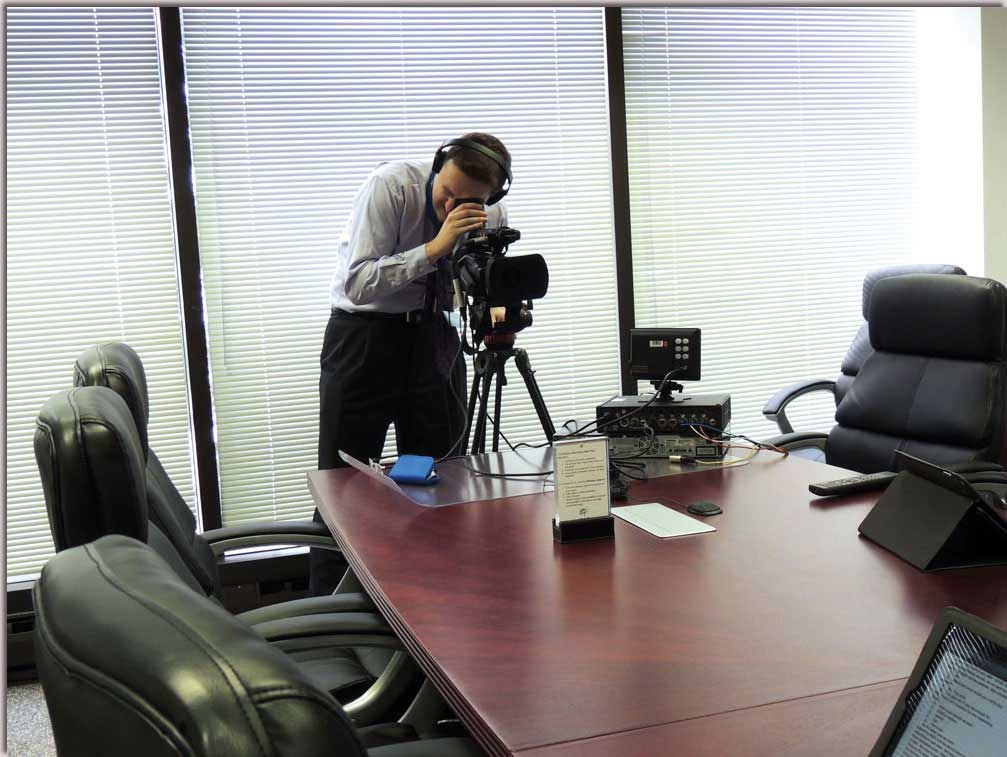How Legal Videography Improves Court Presentations and Evidence
How Legal Videography Improves Court Presentations and Evidence
Blog Article
Diving Into the Devices of Lawful Videography: Introduction Its Procedure in Safeguarding Authentic Visual Testament for Judicial Process
In the world of judicial proceedings, the function of lawful videography stands as a cornerstone in maintaining and presenting aesthetic evidence. As innovation proceeds to advancement, the devices behind legal videography have actually become progressively intricate, using an essential layer of credibility to testimonies caught on video clip.
Historical Advancement of Legal Videography
Taking a look at the historic progression of legal videography discloses a significant change in the recording and discussion of visual evidence within the legal landscape. In the past, lawful process heavily relied upon composed photographs and transcripts to document events and supply proof. However, with the introduction of video innovation, the lawful sector saw a standard shift in exactly how visual testament was recorded and offered.
The development of legal videography can be traced back to the late 20th century when improvements in video recording devices made it a lot more obtainable for usage in court rooms. This technical improvement not just improved the accuracy and reliability of visual proof yet additionally changed the means situations were provided to discretionary (Legal Videography). Lawyers began to recognize the influential power of video clip recordings in communicating emotions, nuances, and non-verbal signs that composed pictures or records alone might not capture properly

Innovation Developments in Video Documentation
What crucial technological innovations have reinvented video clip paperwork in the legal area? The legal area has seen substantial developments in video clip documentation modern technology that have boosted the authenticity and integrity of visual proof in judicial proceedings.
In addition, developments in video clip encryption and watermarking innovations have actually reinforced the security and tamper-proof nature of video proof, safeguarding it against unapproved changes or tampering. Additionally, the development of cloud storage services and remote accessibility capabilities has streamlined the storage, access, and sharing of video clip proof, helping with seamless partnership amongst lawyers and making sure reliable accessibility to critical visual statements when required. These technological improvements in video paperwork have definitely changed the lawful field, enhancing the precision, reliability, and admissibility of visual evidence in judicial proceedings.
Role of Lawful Videographers in Court Room Setups
The evolution of video clip documents innovation in the legal area has necessitated a crucial duty for legal videographers in courtroom setups, making sure the integrity and integrity of visual testimonies offered during judicial process. Legal videographers play a basic function in recording and protecting accurate aesthetic proof that can be critical in lawsuit. Their obligation extends to establishing equipment, videotaping procedures, and producing high-grade videos that properly reflect the occasions in the courtroom.
In addition, lawful videographers often work carefully with legal teams to make sure that the video clip proof straightens with the instance's demands and can be properly offered in court to support the legal arguments being made. Overall, the role of legal videographers in courtroom settings is essential in supporting the principles of justice and guaranteeing the transparency of legal proceedings. Legal Videography.

Ensuring Admissibility and Stability of Video Clip Proof
To maintain the blog trustworthiness of aesthetic evidence presented in legal process, ensuring the admissibility and integrity of video proof is a crucial obligation for lawful videographers. Admissibility describes the approval of proof by the court, and for video evidence to be admissible, it needs to fulfill particular criteria. Legal videographers play an essential function in making sure that the video clips they record abide by the rules of evidence, such as reliability, importance, and credibility.
Honesty of video clip proof includes preserving the originality and accuracy of the footage from the time it is recorded till it is offered in court. This consists of safely keeping the video files, recording the chain of custody, and protecting against any type of tampering official site or alterations. Legal videographers have to abide by stringent procedures to guarantee the honesty of the video clip evidence and prevent any obstacles to its credibility.
Future Trends in Legal Videography
Given the increasing dependence on innovation in legal process, legal videographers are poised to welcome ingenious developments forming the future of visual testimony capture and discussion. One of the prominent fads on the horizon is the assimilation of online reality (VIRTUAL REALITY) and enhanced reality (AR) innovations into lawful videography. These innovations have the possible to reinvent how aesthetic evidence exists in courtrooms, permitting discretionary to immerse themselves in the scene of the crime or occurrence.
Moreover, the use of man-made intelligence (AI) formulas for video evaluation is expected to enhance the process of examining and analyzing big quantities of video footage. AI can help in identifying essential minutes, anomalies, and patterns within videos, boosting the efficiency of lawful examinations.

Conclusion
In final thought, lawful videography has played a crucial function in providing authentic aesthetic evidence for judicial process. Through technical advancements and the experience of legal videographers, the stability and admissibility of video clip evidence are made sure in courtroom settings. As lawful videography continues to develop, it will certainly be important to maintain standards that preserve the precision and integrity of visual statement for the future of lawful process.
Analyzing the historical development of lawful videography reveals a considerable makeover in the capturing and presentation of visual evidence within the lawful landscape.The development of video clip documents technology in the legal field has demanded a crucial role for legal videographers in court setups, making certain the honesty and reliability of visual testimonies provided during judicial procedures. Furthermore, lawful videographers commonly work carefully with legal teams to guarantee that the video evidence lines up with the situation's demands and can be successfully presented in court to support the lawful arguments my link being made.To keep the credibility of visual proof offered in lawful process, making sure the admissibility and stability of video clip evidence is a crucial responsibility for legal videographers. As lawful videography proceeds to progress, it will be vital to support standards that maintain the precision and dependability of visual testimony for the future of lawful process.
Report this page